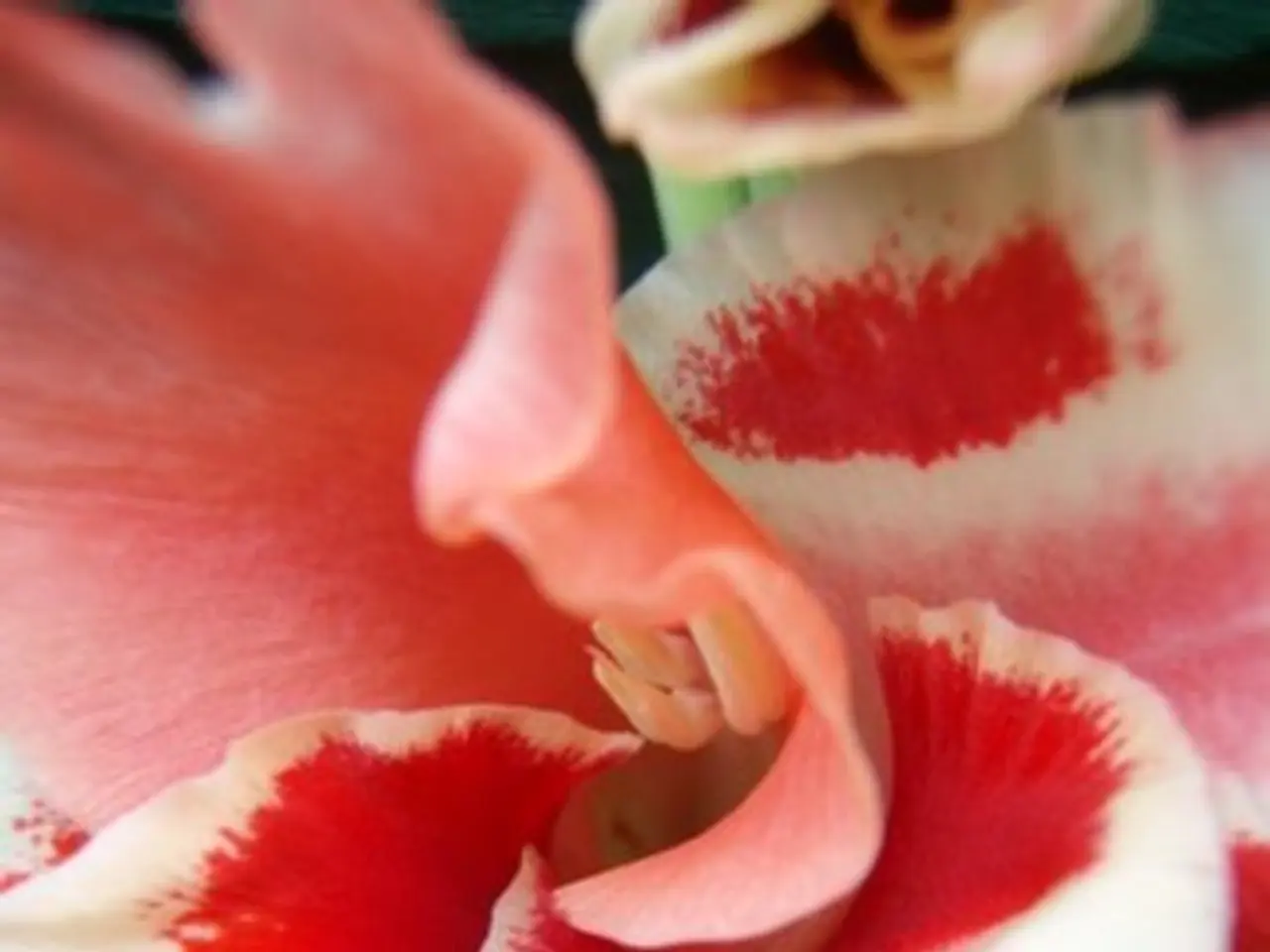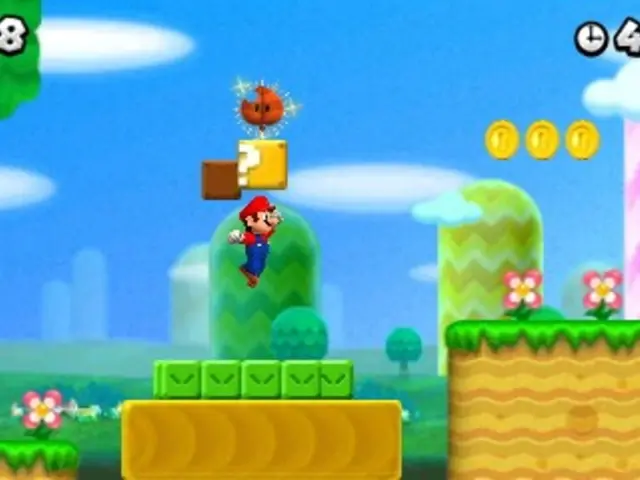The Comprehensive Guide on Nurturing Daffodils for a Blooming Display
Daffodils, scientifically known as Narcissus, are hardy flowering plants that brighten up the spring garden with their bright yellow, white, pink, and salmon blossoms. If you're considering growing daffodils in a container, here's a step-by-step guide to ensure vibrant spring blooms and healthy bulbs year after year.
Choosing the Right Potting Mix
Any potting mix suitable for normal houseplant use can be used. For optimal results, choose a clean, well-draining potting mix, preferably fresh. If reusing soil, add a bulb fertiliser and watch for disease carryover.
Planting the Bulbs
Plant the daffodil bulbs tip-up at the recommended depth, usually found on the packaging. Place bulbs close together, about half an inch apart, filling the container just over halfway with soil before planting and covering thoroughly after.
Mulching and Cold Period
After planting, apply a 2 cm layer of mulch to keep the soil cool and moist. Place the pot outside to allow bulbs to experience a cold period, which is essential for flower development. When temperatures fall below 28-30°F (-2 to -1°C), temporarily move the pot indoors to prevent freezing, especially if the container is small.
Light and Fertiliser
When green shoots emerge, move the pot to a bright location to provide plenty of light. Fertilise with a slow-release fertiliser once blooms appear to support healthy flowering.
Allowing Foliage to Die Back Naturally
After flowering, let the foliage die back naturally. This process replenishes the bulb’s energy for the next season and is critical for bulb health.
Post-Blooming Care
Once foliage has fully yellowed and died back, you can either remove bulbs to plant in the garden in fall or leave them dormant in the container over summer, watering minimally until the next growth cycle begins in fall.
Maintaining Dormancy
Maintain minimal watering during dormancy, only when growth resumes in fall. Smaller varieties of daffodils known as 'Tete-a-Tete' thrive in containers, but ensure the container is deep enough to accept a few inches of soil for the bulbs to thrive.
Choosing the Right Fertiliser
Use a low-nitrogen, high-potash fertiliser after flowering if bulbs aren't performing. Add bonemeal to the soil after the daffodils have faded for next year's flowers.
General Care Tips
- Use a pot with adequate drainage holes.
- Position containers to receive proper amount of light for optimal growth.
- Daffodils prefer chilly temperatures.
- The flowers can be solitary or double, grow alone or in clusters on a stalk, and range in height from 6 to 20 inches.
- Daffodils are most commonly seen in yellow, but are also available in white or a yellow-white blend.
Common Issues and Solutions
- 'Daffodil blindness' occurs when the leaves grow but the plants do not bloom; plant them in a prominent location once they begin to bloom.
- Water late-flowering daffodils in dry spring weather to prevent flowers from aborting.
- When flowering becomes sparse or the clumps get congested, lift and divide them.
- Each daffodil bulb has six flower leaves, with sepals on the outside and petals on the inside.
- A 1-inch gap should be maintained between the bulb and the pot's rim.
- After six to eight weeks, green shoots begin to grow.
- Daffodils are excellent flowering plants for balconies and container gardening.
- Relocate the container to another spot where it can fade and dry once the flowering is completed.
Conclusion
With this balanced care routine, you'll be able to enjoy the vibrant spring blooms of daffodils in a container garden. Remember to choose the right potting mix, plant the bulbs correctly, provide a cold period, bright light during growth, slow-release fertiliser during blooming, and allow natural foliage dieback. Protect bulbs from freezing by moving pots indoors if necessary, and use mulch for soil moisture control. This care routine will support healthy daffodil bulbs year after year.
- For optimal growth of daffodils in containers, choose a clean, well-draining potting mix, preferably fresh, or one suitable for normal houseplant use.
- Plant daffodil bulbs tip-up at the recommended depth, placing them close together, about half an inch apart, filling the container just over halfway with soil before planting and covering thoroughly after.
- After planting, apply a 2 cm layer of mulch to keep the soil cool and moist, then place the pot outside to allow bulbs to experience a cold period, which is essential for flower development.
- During growth, position containers to receive bright light, and fertilise with a slow-release fertiliser once blooms appear to support healthy flowering. After flowering, let the foliage die back naturally. This process replenishes the bulb’s energy for the next season and is critical for bulb health.








